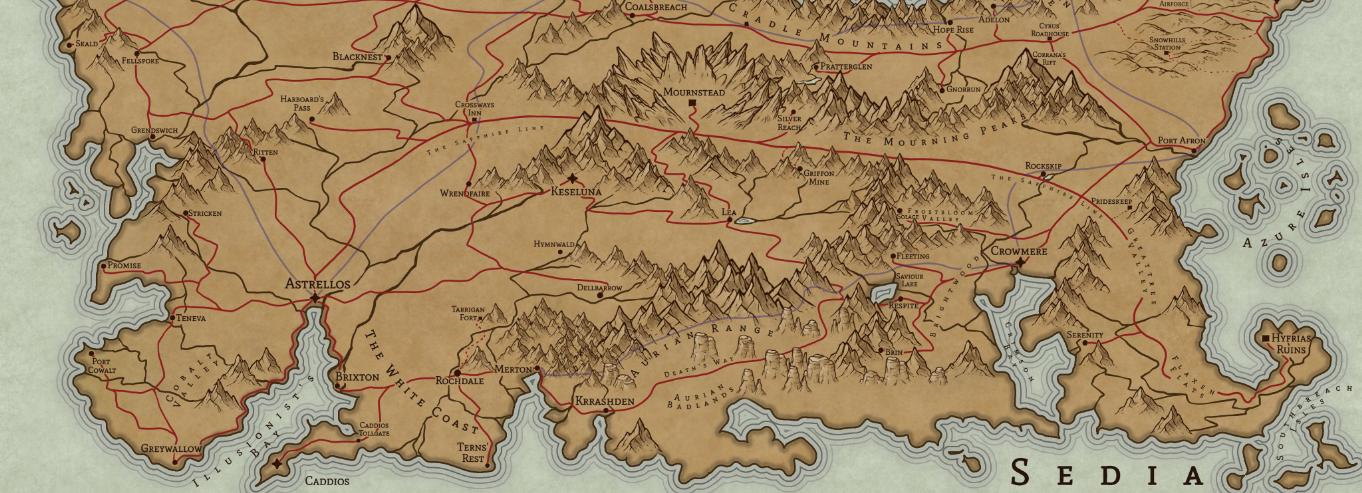TW: Death, funerary processes, embalming processes
Dead man's breath is a widespread and well-known flowering plant native to Osmen. Found growing both in a cultivated environment and wild in most continents across the Known World, it is a very useful and important plant in culture and rituals.
Description
Dead man's breath is a small cushion-forming plant that grows in a wide area, making creeping mats of growth across rocky soil and surfaces. The flowers are small and five-petalled.
Because they are easy to grow and it's simple to select for desirable traits, the colours and size of the flowers differ depending on where they are cultivated. In Osmen where they originate, the flowers are a bright, stark blue and very small. In Sedia, before the revolution, the flowers were selectively bred to resemble to rich purple of Sedian royalty- a colour which remains there today. Flowers emerge from spring through mid-summer.
The flowers and oil of the plant carry a very distinctive, pleasant odour. The smell can be described as somewhat similar rosemary with a sweeter, more floral and powdery aroma.
Distribution and Habitat
The oldest art and writings of the plant are from the First Age in North Osmen, and it's thought this is where the plant originated. Dead man's breath is now incredibly widespread due to its use in funeral rites. It is incredibly easy to grow, and can be cultivated in windowsills, sandy and rocky soil or even in labs under light if cared to well enough. Its flowers can also be grown almost year-round in greenhouses, if desired.
In some places in Virias, the plant can be quite invasive. Because it is so adaptive, it manages better than most plants in the rocky, cold environment of Southern Virias and during summer its flowers can cover great swaths of mountainsides.
Uses
Funerary
Dead man's breath is most commonly used in funerary preparations across various cultures and locations, a process in which it has gained its name. The flowers and leaves are dried and crushed into a herbaceous straw-like material, and kept in bundles for when they are required. This plant matter is then used to keep bodies fresh. It is used as a packing material anywhere on the body where it may be necessary to reduce unpleasant odour and delay decomposition. Most notably, it is used to pack wounds post-mortem, as well as placed in the mouth and nose. The association of the smell of the herb as mourners grieve for their loved ones at a funeral is the origin of the plant's common name.
Preservative
When pressed into an oil, dead man's breath can be a good preservative for food or other perishable products. However, the oil is very fragrant and because of the odour's association with death and funerals, it is rarely used for food preservation where other options are available.
Fragrance
The recognisable scent of dead man's breath is sometimes desired as a "statement" fragrance for perfumery. Some orders of
Tyhnic priests and clergy wear the oil or fragrance of the flower as a symbol, believed to "ward off" death.
Magic and alchemy
Dead man's breath is an important magical herb, used in various spells as a component, and traditionally used in ritual spellwork by
witches. Magically, the plant is a very energetically-neutral herb that helps balance alchemical concoctions. It also has a thickening quality when boiled in a liquid; while negative association with its aroma makes it unpleasant in cooking, this quality can be useful in alchemy.

Comments